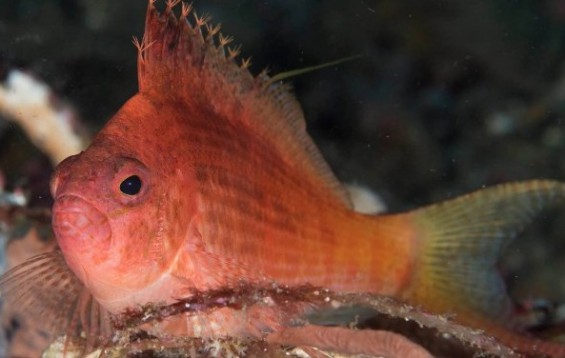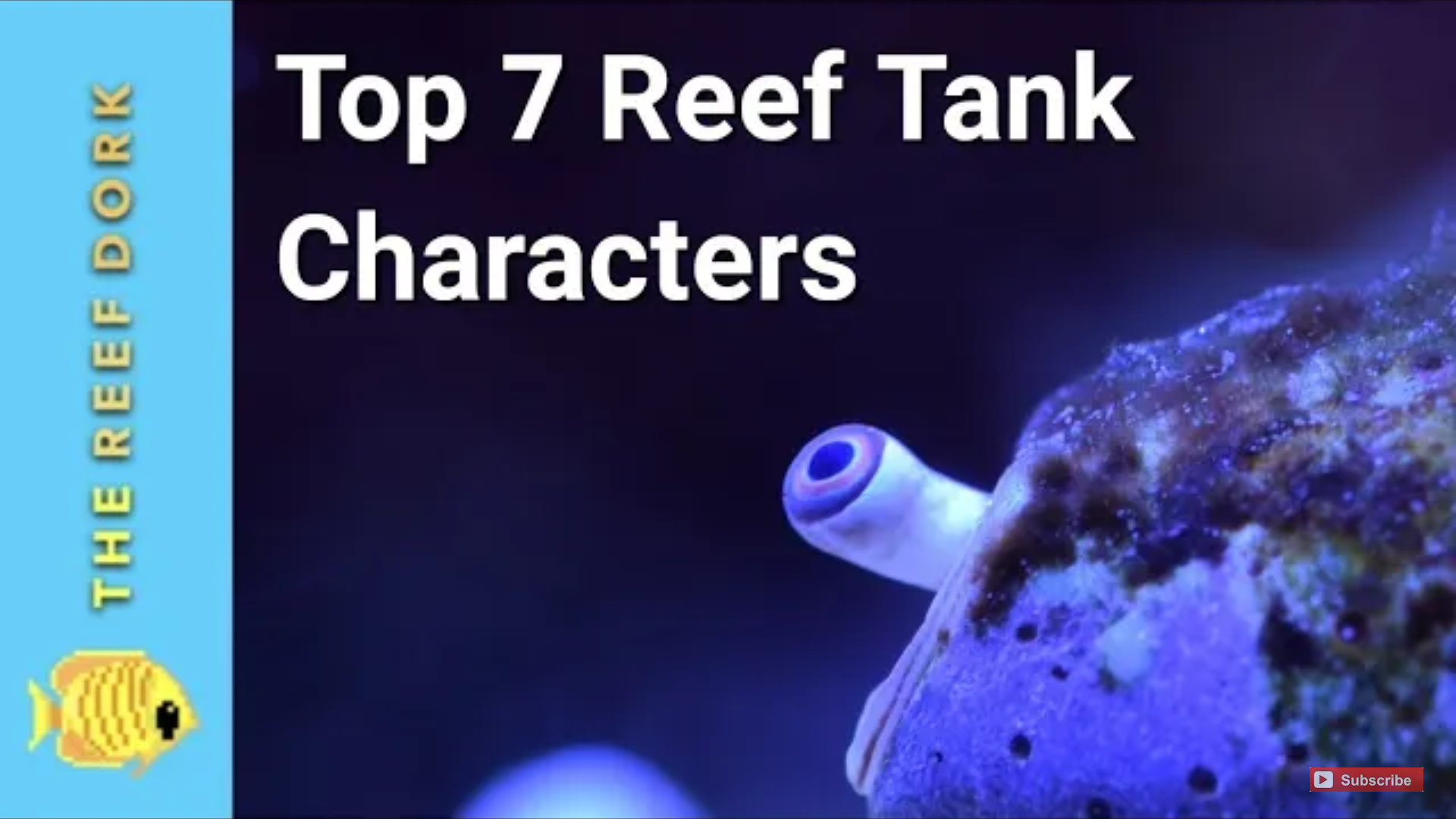- Name:
Lyretail Hawkfish
(View AKA's) - Family: Cirrhitidae
- Species: Hawkfish
- Scientific Name: Cyprinocirrhites polyactis


More Details
General info about Lyretail Hawkfish
The Lyretail Hawkfish is mostly found feeding on plankton in the water column, which is similar to anthias behavior unlike its own family, which is known to perch more than swimming. The Lyretail Hawkfish can be identified by the presence of numerous short filaments at the tip of each dorsal spine. With its vivid colored pattern, the Lyretail Hawkfish makes a beautiful and stunning addition to any reef tank. It grows up to 6 inches in captivity and may be grouped with other Lyretail Hawkfish if are introduced to the aquarium at the same time. Although it might eat small fishes and shrimps, the Lyretail Hawkfish can be considered an excellent reef inhabitant under the right conditions. It lives among the tentacles or at the base of some larger sea anemones, therefore the addition of a sea anemone is encouraged but not necessary. The Lyretail Hawkfish might behave aggressively towards passive fishes that are introduced afterward.
Relevent Articles
Original Detail
| Name | Species | Family | Scientific Name | More Detail | Added by |
|---|---|---|---|---|---|
| Lyretail Hawkfish | Hawkfish | Cirrhitidae | Cyprinocirrhites polyactis | The Lyretail Hawkfish is mostly found feeding on plankton in the water column, which is similar to anthias behavior unlike its own family, which is known to perch more than swimming. The Lyretail Hawkfish can be identified by the presence of numerous short filaments at the tip of each dorsal spine. With its vivid colored pattern, the Lyretail Hawkfish makes a beautiful and stunning addition to any reef tank. It grows up to 6 inches in captivity and may be grouped with other Lyretail Hawkfish if are introduced to the aquarium at the same time. Although it might eat small fishes and shrimps, the Lyretail Hawkfish can be considered an excellent reef inhabitant under the right conditions. It lives among the tentacles or at the base of some larger sea anemones, therefore the addition of a sea anemone is encouraged but not necessary. The Lyretail Hawkfish might behave aggressively towards passive fishes that are introduced afterward. | PalaciosAn |
Changed by users
| Submitted Date | Submitted By | Status | Action |
|---|


